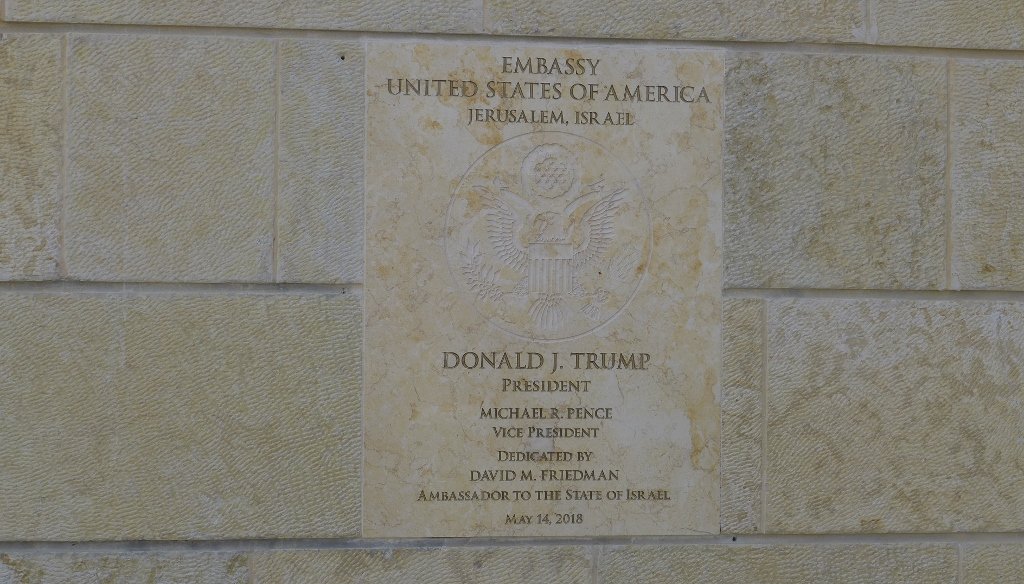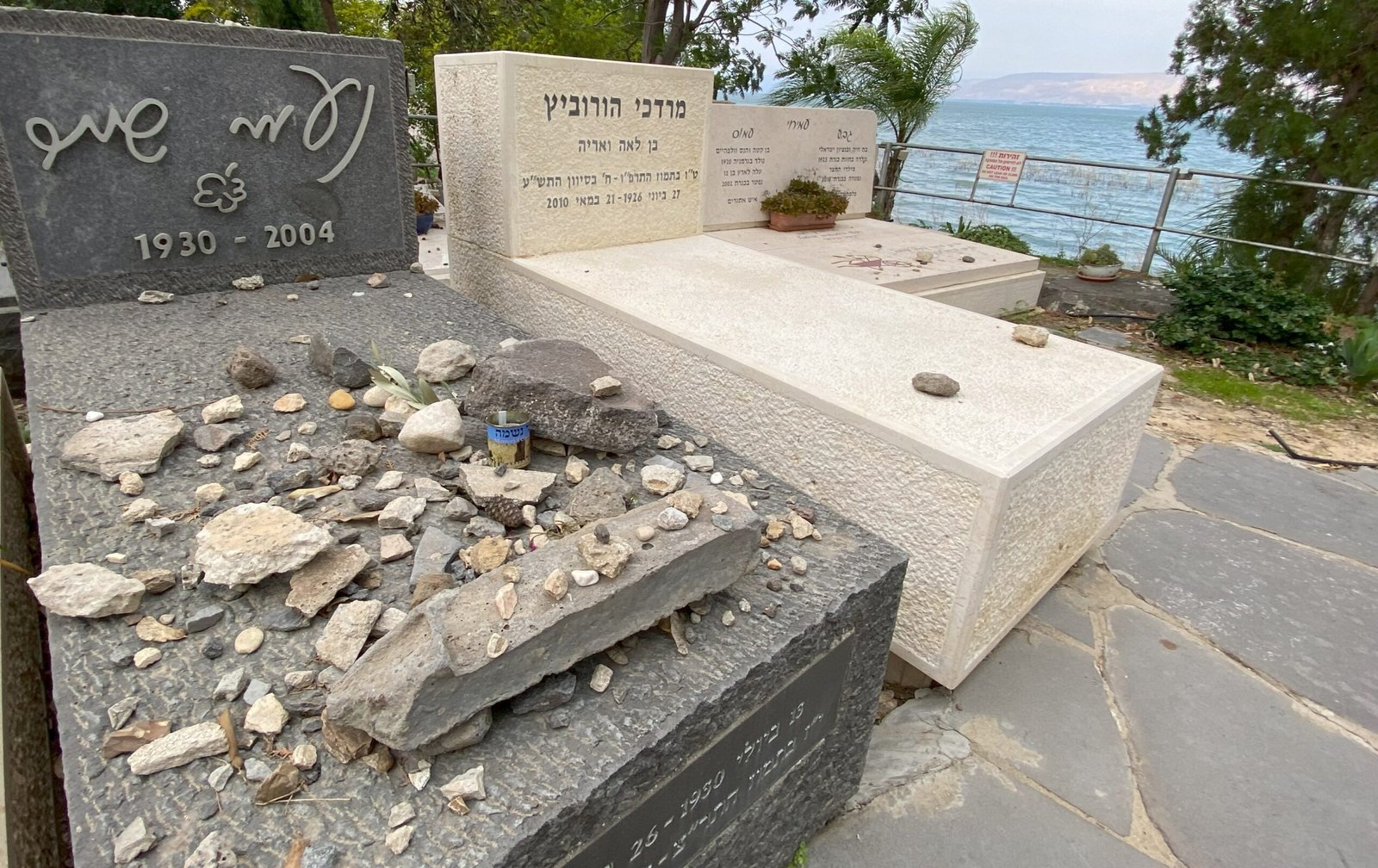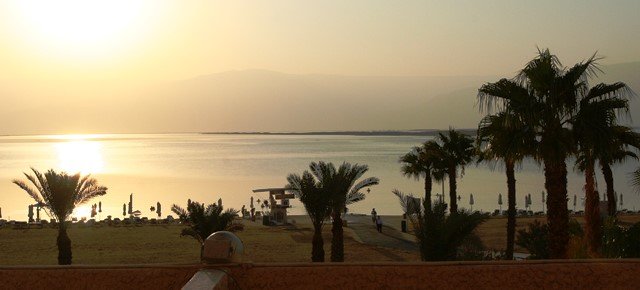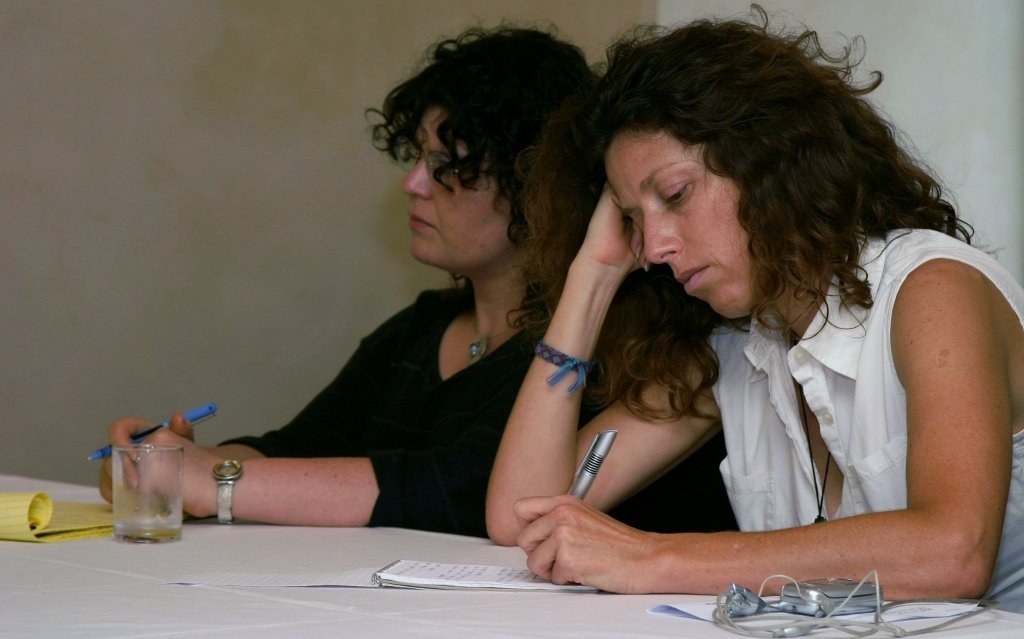Share This Story, Choose Your Platform!
On December 6, 2017, Donald Trump announced that he would relocate the American embassy in Israel from Tel Aviv to Jerusalem.[1] On May 14, 2018, the US embassy actually moved to the capital of the state of Israel. Despite all prophecies of doom, there was no third intifada. The riots on the border with Gaza had been planned long before and would have taken place even without the embassy transfer. The Arab and Islamic world remained surprisingly calm.
What would have happened if Europe’s policy makers were guided by rational considerations, not emotional reflexes? Imagine, for one thing, that the Europeans had taken the Americans and their foreign policy seriously and would have considered a European policy corresponding to their own interests. They would have identified the unique chance to realize their long cherished dream – a two-state solution.
First of all, Europeans would have noticed that Donald Trump is the first US president of the millennium to have never spoken of Jerusalem as the “indivisible” capital of the State of Israel. On the contrary, he had expressly emphasized that his transfer of the American Embassy was merely a recognition of realities and did not anticipate any borderline or sovereignty claims. Trump obviously neither sees Israeli sovereignty over the whole of Jerusalem as an indisputable given, neither does he rule out a new division of Jerusalem.
Furthermore, the Europeans could have noticed that Trump, for the first time mentioned the idea of two states as a solution to the Middle East conflict between Israelis and Palestinians in announcing his decision to transfer the US embassy to Jerusalem. A remarkable statement for a politician who never tires of emphasizing that he does what he promises.
And finally, Europe could have observed that the US embassy in Jerusalem is located neither in territory that was Israeli territory before 1967 nor in territory that was administered by Jordan before the six-day-war. Rather, the new US Embassy is located just inside the former no man’s land of the United Nations.
No other US president before Trump has opened the door for further negotiations so far. No one has recreated so many unknowns in the well-known equation between Israelis and Palestinians.
Imagine, on Trump’s statement, that the Europeans had not responded with a storm of outrage that went far beyond the emotions of the Arabs in the region, including the Palestinians. Imagine, they had reacted strategically and decided to now move the embassies of the European Union as well to the West(!)-Jerusalem.
As a matter of course, the Europeans would have attached this to the condition that Israelis and Palestinians immediately return to the negotiating table in order to finally bring about the two-state solution, whose parameters have long been clear to all those involved.
In line with what Trump had not explicitly said, it would have been possible to signal to the Palestinians that as soon as a “Palestinian state” would become a reality through negotiations, the permanent EU missions in Ramallah would be deployed as embassies to East(!)-Jerusalem.
What would have happened? – The Western world would have put immense pressure on the two brawlers in this century-long Middle East conflict. The state of Israel would have been under tremendous pressure, given so much recognition. It would hardly have been able to refuse any quest that does not obviously jeopardize its security. And the Palestinians would finally have had to admit willingness to take responsibility.
No, I do not think that the two-state solution is without any alternative – and I have reasonable doubt that the establishment of a “Palestinian state” would appease the hatred of the Jewish people in the Arab world. Neither do I have any ambition to promote sympathy for Donald Trump, or even express my own sympathy for him. By no means! My sole concern is to explore any rationality in European policy – an effort that unfortunately has been unsuccessful so far.
Footnotes:
[1] The original announcement can be viewed on YouTube: https://youtu.be/63Rd-yTUg4o (31.10.2018).






















